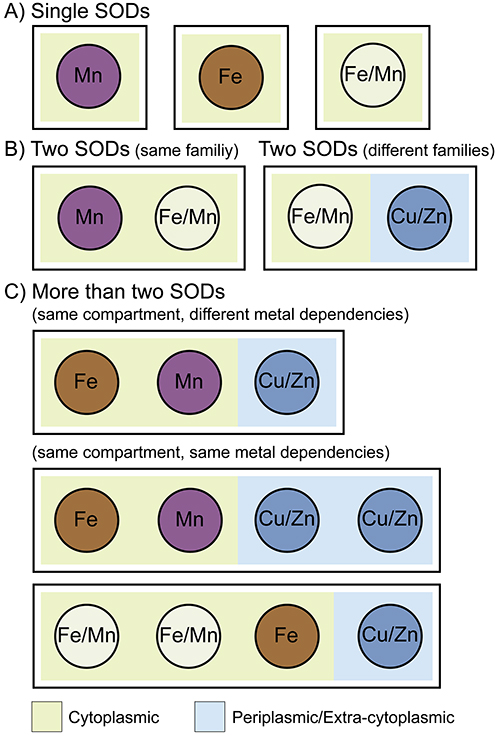Figure 2. Superoxide dismutase (SOD) repertoires possessed by bacteria.
While the threat of superoxide and possession of SOD(s) is nearly universal among bacteria, the repertoire of enzymes they possess is extremely varied. (A) Bacteria can encode only a single SOD that can be either Mn-dependent (purple, e.g. Borrelia burgdorferi), Fe-dependent (brown, e.g. Campylobacter jejuni), or cambialistic (green, e.g. Streptococcus mutans). (B) When bacteria encode two SODs, they can either be from the same SOD family (Fe/Mn family, e.g. Staphylococcus aureus), or from different SOD families (Fe/Mn family, light grey, Cu/Zn family, blue e.g. Mycobacterium tuberculosis). (C) Finally, there are also many bacteria that encode more than two SODs. This can result in the presence of more than one SOD in a single cellular compartment and can result in enzymes from the same family, with either similar or distinct metal specificity, occupying the same compartment (Fe- and/or Mn-dependent in the cytoplasm, tan, Cu/Zn in the periplasm/extra-cytoplasmic space, light blue e.g. Escherichia coli, Salmonella enterica serovars and Bacilli). Despite carrying out the same chemical reactions, each SOD in these instances appears to uniquely contribute to the lifestyle of the harboring organisms.

